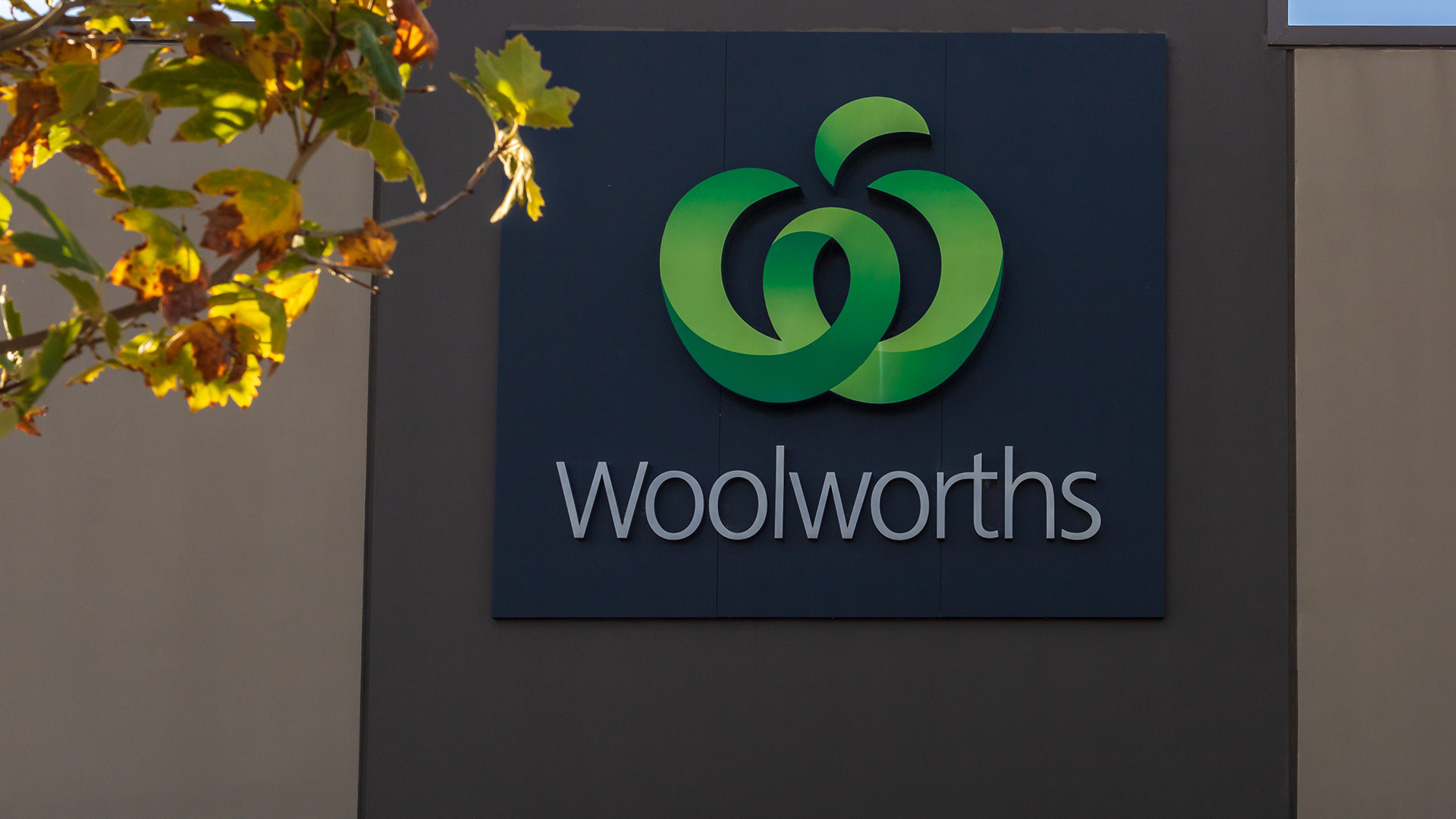The Reserve Bank board meets today and won’t change interest rates, even though some urgers in the markets are starting to call for a rate cut!
That ignores the fact that official interest rates are already at record lows, and that market rates have eased by between 0.15% and 0.20% in the last month.
As well the Aussie dollar has surprised by regaining the 93 USc level and rising further to around 93.50, which is much higher than the RBA wants.
And while some of the urgers reckon the weakness in the economy at the moment would justify a rate cut, yesterday’s 4.2% jump in capital city house prices in the three months to August tells us why the RBA won’t cut rates unless a crisis descends on the economy from offshore.
The strong rise in capital city house prices from RP Data (see below) tells us that a further cut would inflame an already hot housing sector, which is the last thing the RBA wants to do.
The flow of data yesterday from the economy had a private measure of inflation show a fall in August to a seven month low, the sharp rise house prices in the three months to the end of August in the major cities, and surveys showing manufacturing slowing here and in China (see separate story).
So no surprises on the upside or the downside.
Data releases ahead of tomorrow’s June quarter national accounts showed a mixture of outcomes, a sharp fall in company profits of 6.9% (more than reversing the 3.1% rise in the March quarter) and business inventories up a solid 0.8%, more than reversing the 1.7% seasonally adjusted fall in the March quarter.
Sales by manufacturers and wholesalers were slightly higher, reversing the falls seen in the March quarter.
Wages and salaries rose 1.1% in the quarter, well under the 3.1% inflation rate and the 2.6% rate in the Wage Price Index which measures wages and salaries growth a little differently.
But the June quarter rise was much faster than the 0.2% in the March quarter.
Overall, these business indicators, with the exception of company profits, were a bit stronger than in the March quarter.
The 4.2% rise in capital city house prices was once again driven by the Sydney and Melbourne markets, which had increases of 5% and 6.4% respectively, according to RP Data.
Canberra saw a rise of 2.1%, while all the other state and territory capitals posted rises of 1.5% or less or, in the case of Darwin and Hobart, small falls for the three month period.
And manufacturing conditions worsened slightly in August compared with July, according to the latest Australian Industry Group (AiG) Performance of Manufacturing Index (PMI) survey.
The index fell 3.4 points to 47.3, on a seasonally-adjusted basis, while the three-month moving average also moved lower in the month to 48.9 points, where readings below 50 indicate contraction.













